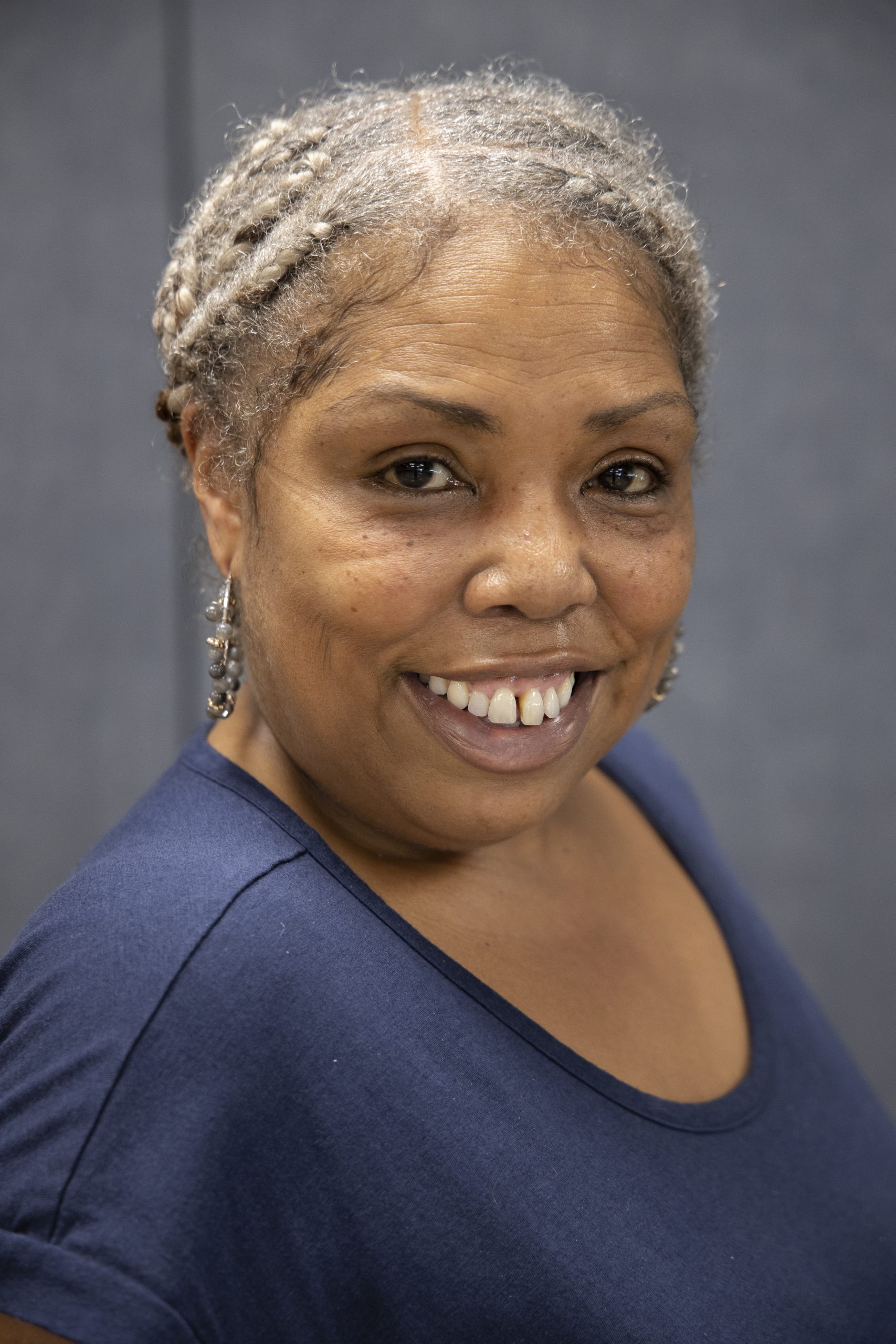My View: Putting a Spotlight on Strategies

By Robyne Muray
While some educators have transitioned to virtual teaching this year without missing a beat, remote learning has challenged many professionals to find ways to build student participation while continuing to provide necessary guided instruction, classroom management, differentiated support, and social-emotional learning.
In my travels throughout the Lansing School District, I have witnessed innovations firsthand.
SYNCHRONOUS STRATEGIES
For synchronous learning, the teachers at Attwood New Tech have taken traditional discussion strategies from the classroom to breakout rooms. The magnet school features a student-centered approach to explore and solve real-world problems and challenges through peer collaboration.
Virtual Culture Project: During first-semester remote learning, students led discussions on the execution and launch of a virtual poetry café. Instead of cancelling the scheduled event because of pandemic restrictions, the students wrote poetry and worked together to develop, polish and present their ideas in a digital format which was well received across the district and community.
“It was amazing to witness students collaborating in small groups while providing feedback to their peers,” said Principal Carla Turner-Laws. Learn more about the project at tinyurl.com/attwoodshowcase.
BLENDED STRATEGIES
Nicole Minor, a math teacher at Lansing Eastern High School, says in her class a balance of asynchronous and synchronous instruction has sparked meaningful whole-group discussion.
Flipping a remote classroom: Minor’s blended technique involves teaching new content asynchronously through recorded videos and posted activities. During synchronous class periods, students summarize the new math concepts learned before being divided into breakout rooms to solve related problems in a small group assignment. Flipping her classroom allows Minor to spend less of her limited class time with direct instruction and debriefing.
“It allows time for me to more efficiently observe and identify which students are struggling on a particular concept,” she said.
ASYNCHRONOUS STRATEGIES
Asynchronous learning allows students to access information and assignments at a time convenient for them, and K-2 faculty at Post Oak Academy—an International Baccalaureate school—say students can learn at their own pace and dig deep into skillsets being presented.
Challenges and Choice: First-grade teacher Lori Leach gets her students excited about reading independently for fun with the famous caterpillar icon. Her students have collectively read over 150 books while enjoying “read-a-pillar” challenges, badges and digital prizes.
Ann Jones, coordinator of the Primary and Middle Years programs, uses choice boards to differentiate instruction, develop interest, and build motivation. Students are given choices in how they practice skills and show learning, which supports individual learning styles.
“I love that choice boards are adaptable to any subject and grade level,” Jones said.
I have been privileged to observe so many amazing and creative examples of virtual instruction this year. It has been a humbling experience to see my professional colleagues rise to this immense challenge—and in the process model for students how to be resilient lifelong learners.
Robyne Muray is a Lansing teacher and MEA member participating this year in the district’s Aspiring Leaders program. She was the 2018-19 Michigan Region 6 Teacher of the Year.



